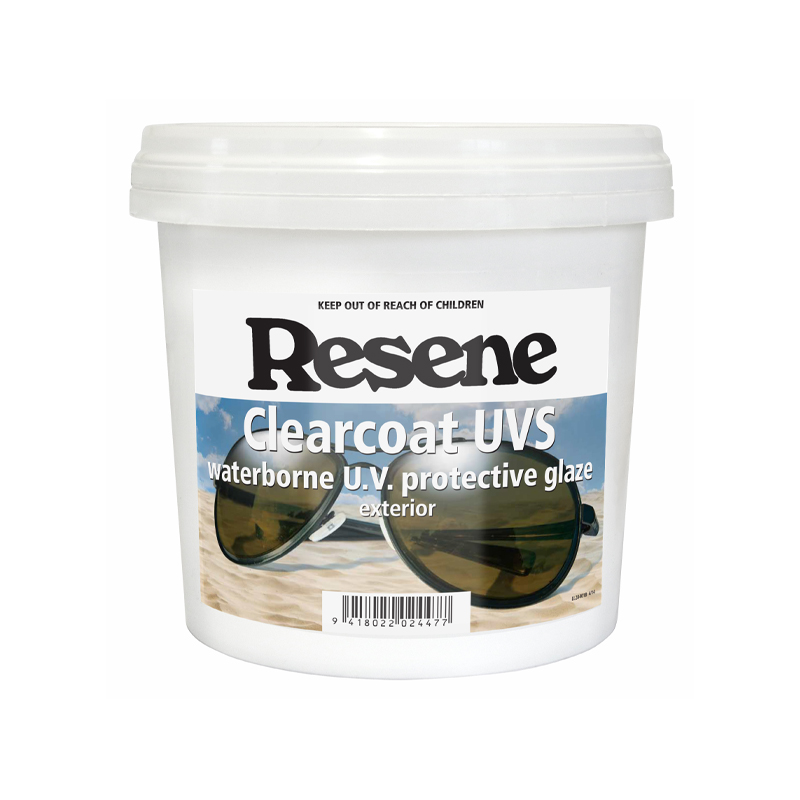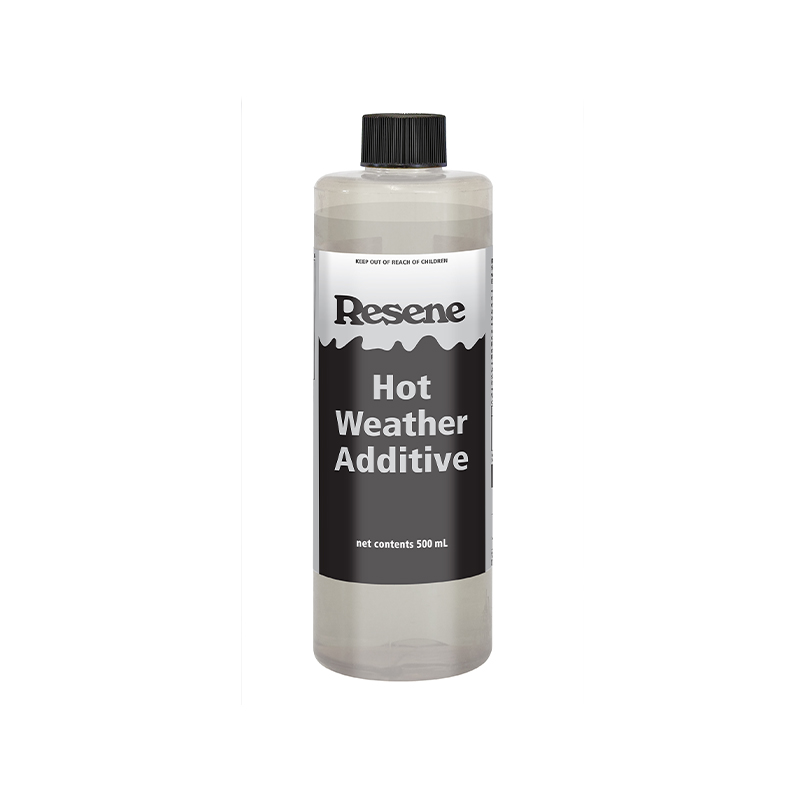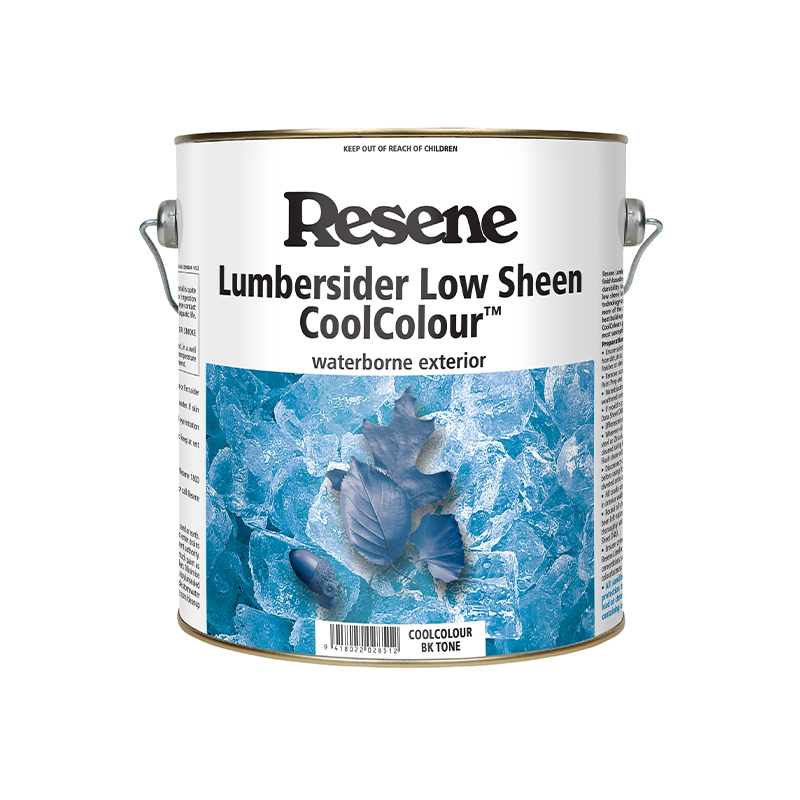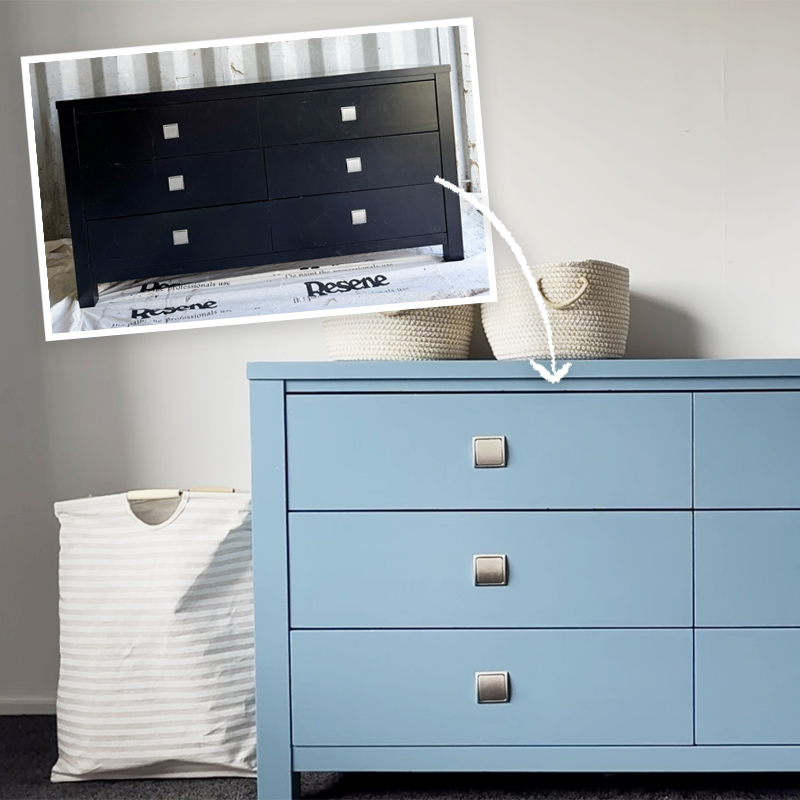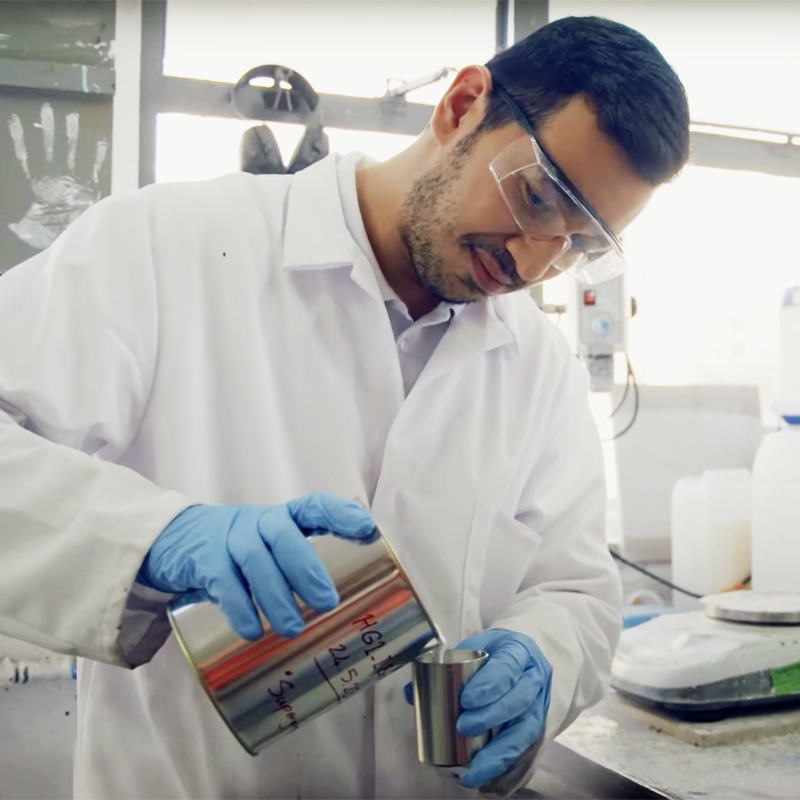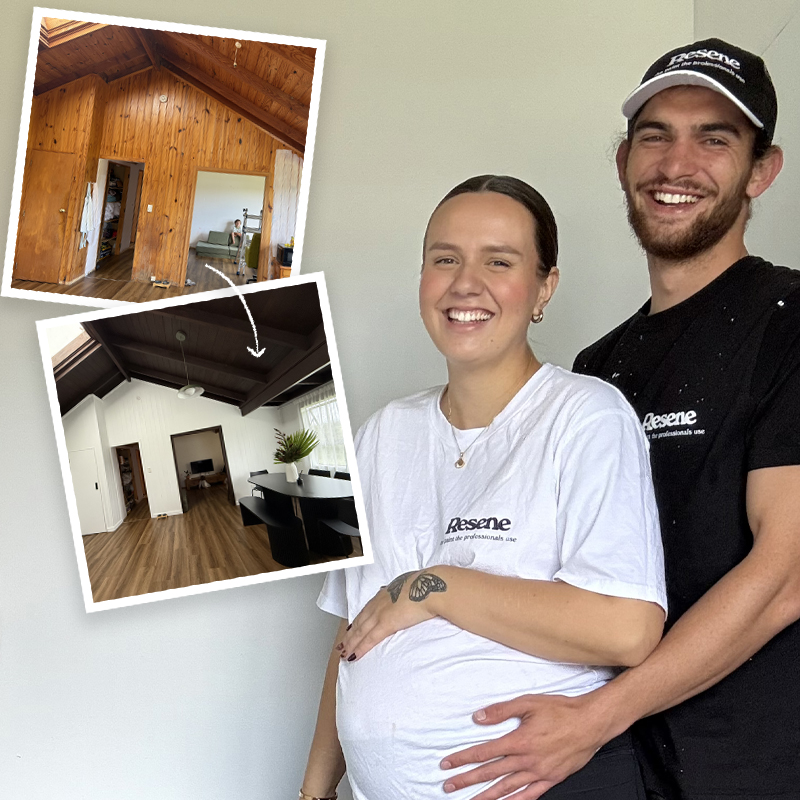It’s no surprise that whenever the sun is out is when most people decide to tackle painting projects around the home, because warm, dry days provide the best conditions for a great finish. But sweltering temperatures can present a few issues for you and your paint, so follow our MasterStroke by Resene guide to ensure successful painting in hot weather.
“In the heat of summer, I’d recommend starting earlier in the morning, once the dew has dried and before it gets too hot,” says Resene paint expert Jay Sharples. “You really want to avoid painting in direct sun as the paint will dry much quicker and start getting harder to apply.”
Jay’s top tips:
- Keeping you and your paint cool is important, so try to avoid painting in direct sunlight. Overcast conditions are best, but if a cloudless day stretches out ahead of you, a good plan of attack is to start early, ahead of the sun, and work your way around the building, keeping ahead of the sun as you go. Take a break during the hottest part of the day, for the sake of your finish as well as your health, or use that period to prep, for example sanding or priming surfaces.
- Use shade protection where you can. A gazebo or large sun umbrella will help keep you and your Resene products cool, while allowing you to continue painting even in the heat of the day.
- Keep in mind that if the surface you’re working on is dark, it will get hotter in the sun than light coloured areas. With this in mind, it is a good idea to try to do your darker areas when they are in the shade and are cooler. And if you do have to paint in direct sun, try to paint the darker areas first before they heat up. If darker areas are already very warm to touch, give them time to cool down and work on lighter coloured areas first.
- Paintbrushes need to be considered when it comes to painting in hot weather. Wrap your brushes in a reusable plastic bag to keep them fresh during breaks. You can do the same with your roller and roller tray too.
- If you find your paint is drying too fast, which can be a common problem during hot weather, Jay suggests lightly pre-dampening your surface with water.




